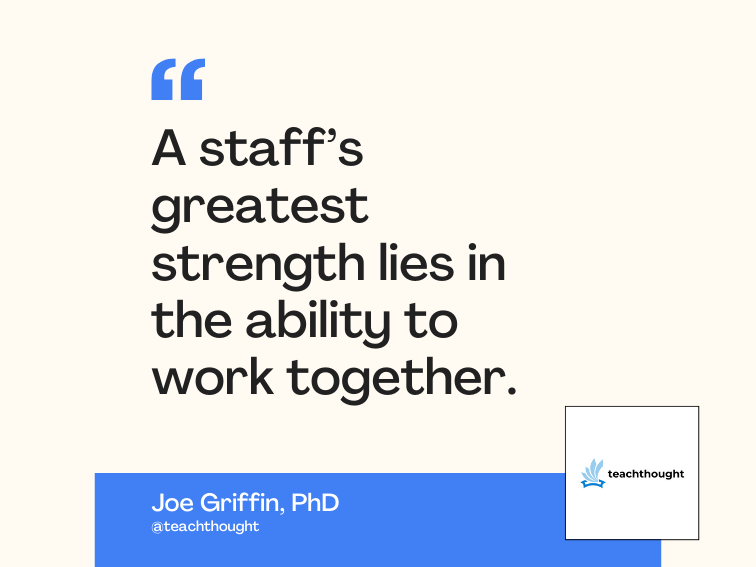Spec for real-time Java inches closer
Sun aims to release a final version by year’s end
Sun Microsystems Inc. is working with industry partners to develop a preliminary specification for real-time Java that it hopes to deliver by the end of this month, James Gosling, a Sun fellow and chief scientist, said Wednesday in a speech at the Embedded Systems Conference in San Francisco.
The preliminary specification will be submitted to an expert group helping oversee the development of the technology, and Sun’s goal is to release a final version by the end of this year, said Greg Bollella, senior staff engineer at Sun, who joined Gosling on stage and is one of the lead developers of real-time Java.
The final specification will provide developers with a common technology base for building real-time applications that use Java. Sun and its industry partners will provide tool kits and other developer aids to help make it simple to add real-time functions to existing applications that use Sun’s technology, Sun officials said.
Embedded systems is a broad term that refers to low-level computing capabilities that are typically hidden from end users, including the control systems in airplanes, automobiles, traffic signals, many types of industrial equipment, and household appliances such as microwave ovens.
Real-time communications are essential in embedded systems where information must be transferred instantaneously. For example, a pilot’s instruments need to deliver up-to-the-second information about an aircraft’s mechanical status.
Sun announced its plans to work on a real-time Java specification in early 1999 and has teamed with IBM Corp. and others to work on the real-time Java project. IBM retains a significant role in the development of the spec, since Bollella began his research on the project while working for Big Blue.
With Java’s fabled “Write Once, Run Anywhere” capabilities, the Sun officials see real-time Java as a way to join all parts of a computing infrastructure, from servers all the way down to instrument control panels and television set-top boxes.
In the long term, the real-time technology could be used to simplify the way in which people interact with machines, the Sun officials said. Instead of seeing an airplane cockpit full of buttons, lights, and levers, pilots might eventually work with a “glass cockpit” in which mechanical instruments become digital displays.
“Computers are just becoming so much a part of everything that happens around us,” Gosling said.




